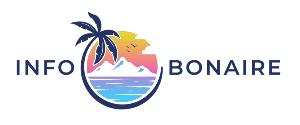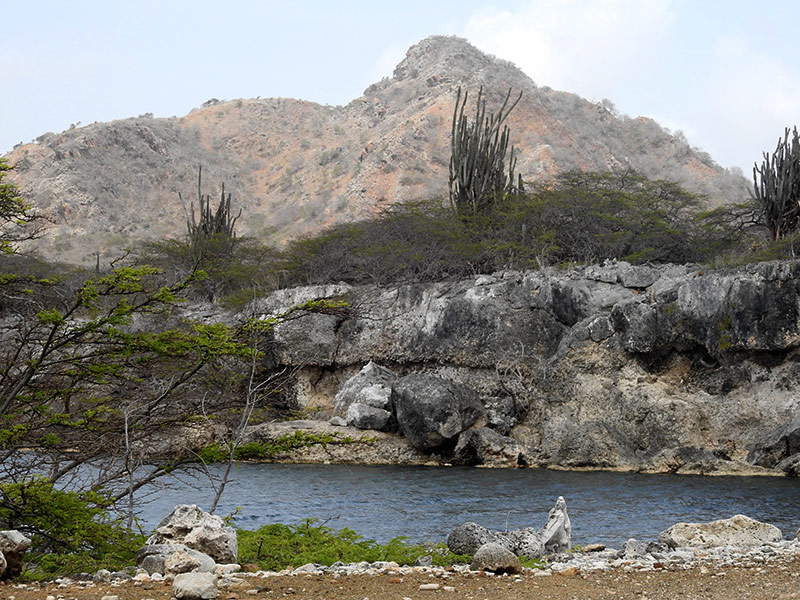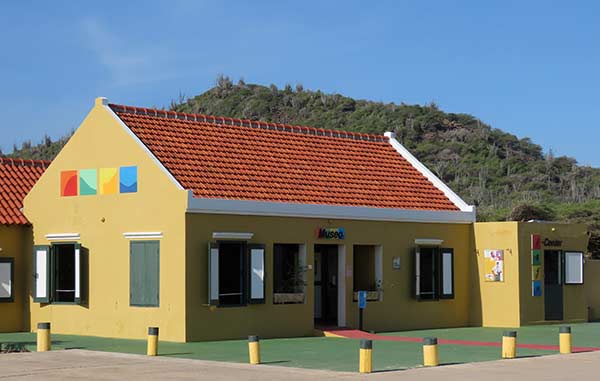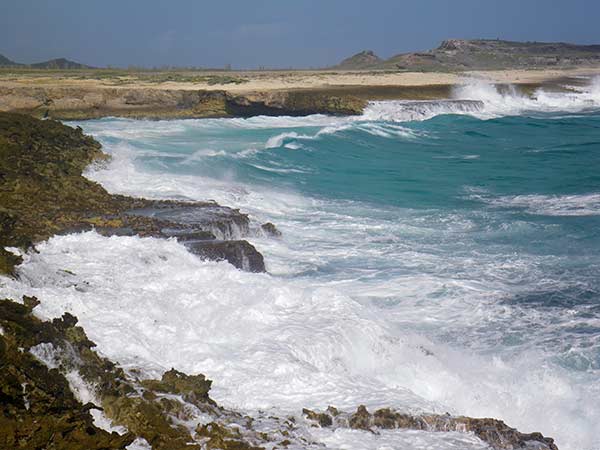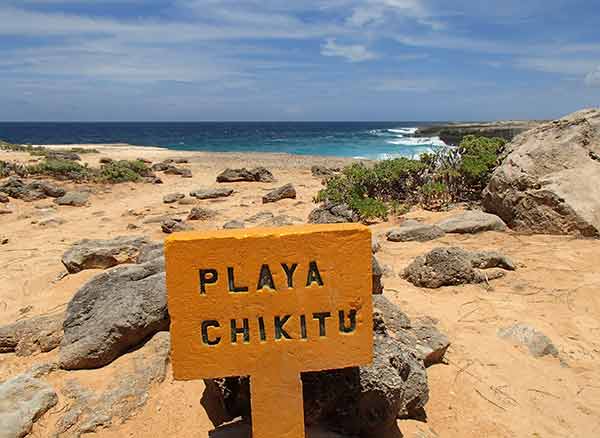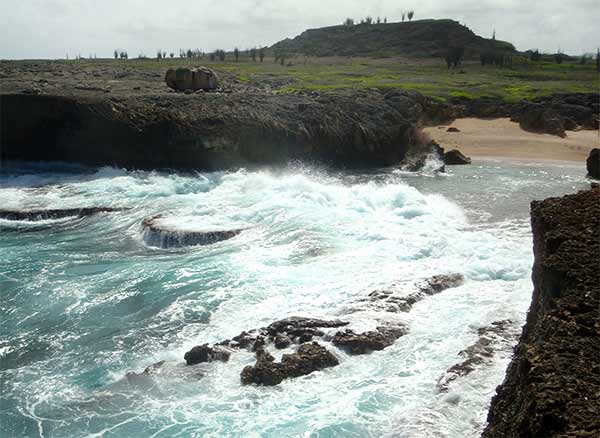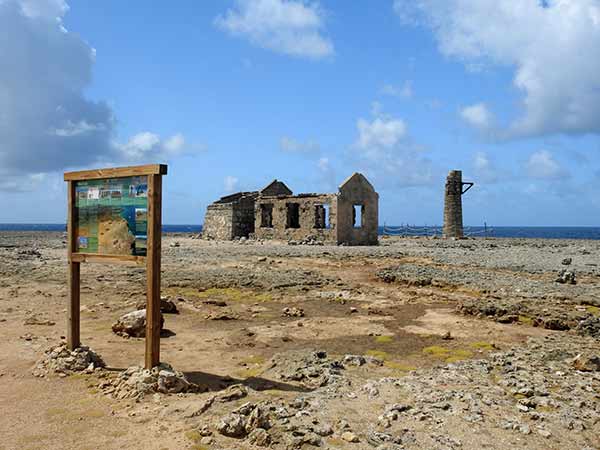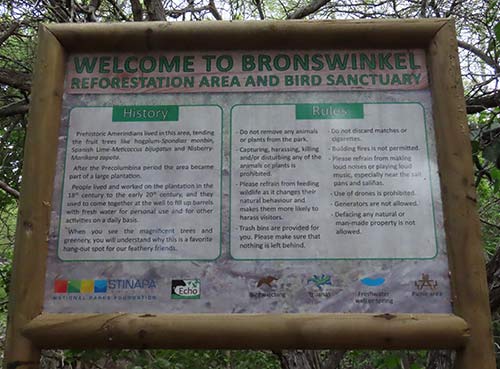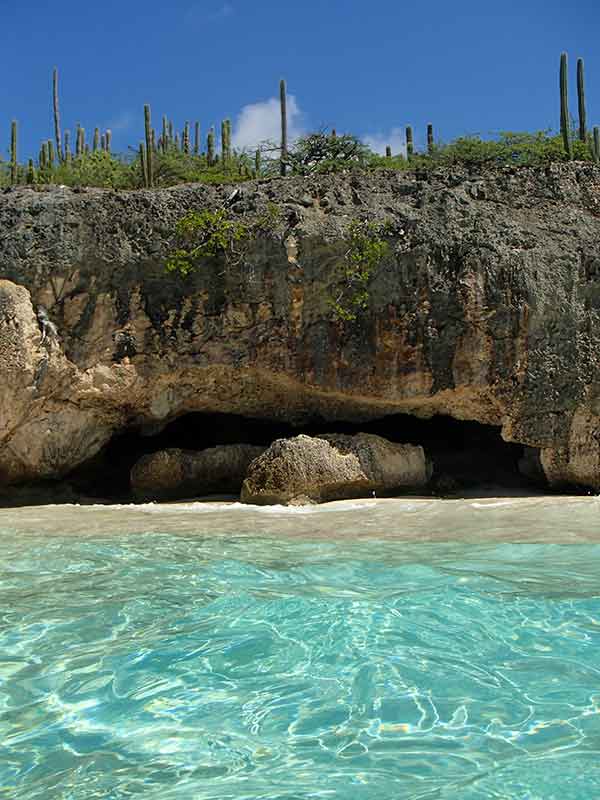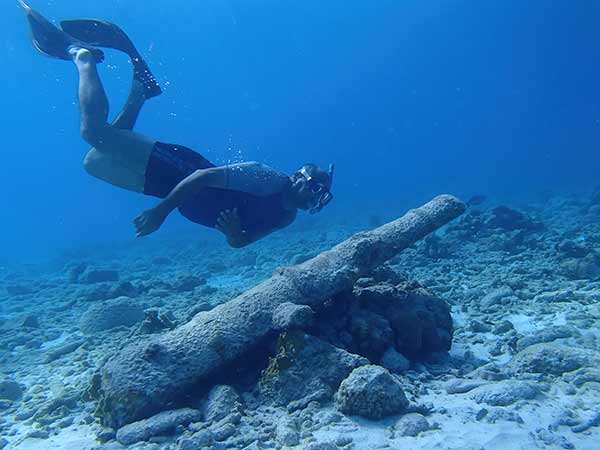The Bonaire Insider’s Guide to Washington Park: Enjoy the park in another, more leisurely, manner.
Many of Bonaire’s visitors ensure they include a trip to Bonaire’s terrestrial park, Washington-Slagbaai National Park. And a visit is sure to be included because there is just so much to enjoy! The problem is that those who are either planning to dive or snorkel or climb Brandaris are on missions: they barrel through the park to get to their planned dive or snorkel sites, or hiking locations quickly, but they miss so much! So this, the Bonaire Insider’s Guide to Washington Park, will illustrate the areas most often overlooked or ignored. This guide will provide you with a more leisurely way to travel through the park and enjoy your day!
The Long Route and the Short Route. Which to take?
There are two routes through Bonaire’s Washington-Slagbaai National Park, the short route (follow the green signs) or the long route (follow the yellow signs). If you plan to hike Brandaris, you’ll need the short route. However, if you plan to make a day of it in the park, be sure to follow the long route which takes you along the eastern coastline and will merge with the short route about halfway through. I always like to travel the long route! There is just so much more to see and enjoy!
Guide to Washington Park–A step-by-step overview.
Arriving at the park: Enjoy this area!
Don’t just check in at the gate entrance and leave, there’s much to see and enjoy right there at the entrance. The park’s museum is housed at the entrance with a wealth of historical information. I like to pack a picnic breakfast–coffee in a thermos, pan dushi (locally baked bread rolls with raisins), and some Dutch cheese–and begin the day leisurely sipping coffee at the small picnic tables in this area.
I always plan to get there right when the park opens at 8:00 AM, but once settled in, I enjoy my coffee and watch the others rush helter-skelter into the park. By taking the time to relax in this manner, when you are ready to begin, many of the cars will be way ahead of you on the route, and you’ll have scenic locations all to yourself. Before you leave the entrance area, don’t forget to take a look at the skeleton of the Bryde’s Whale displayed here–it has quite a story attached to it and is very impressive when one is standing right next to the jaw!
The Lagadishi Trail
The Lagadishi Trail begins just after the entrance, and it is the park’s easiest of the three marked hiking trails. It will take 1-1/2 to 2 hours, so be sure to carry water, wear good closed hiking shoes, and be sure to wear a hat and some reef-safe sunscreen.
Along the hike, you’ll pass an active blowhole, awesome in its ferocity when you are so close to it, and you’ll see how the early walls of the park were constructed. In return for your time and energy in hiking, you’ll have a sight of Playa Chikitu from the south, which is not a view most people have since they always approach from the driving route on the north side.
Playa Chikitu and Boka Chikitu.
When driving the long route, Playa Chikitu is the first stop. The sand on the beach comes and goes, depending upon storms, wind, and seas. This is the normal vista that most park visitors see, from the north. At this location a dune restoration project is in process, so please do stay off the dunes, as it is also a turtle nesting area.
At Playa Chikitu, climb down to the beach and take a walk. This location, as well as its corresponding “boka,” Boka Chikitu, are great places on the eastern coastline to hunt for djukus!
Boka Kokolishi
In a literal translation from Papiamentu, “Boka Kokolishi” means “Bay of Shells.” And it truly is as described as the beach’s sand is made up of millions of tiny pieces of shells. Wander down to the beach using the easy stairs and handrails, and enjoy this hidden gem for a bit. Although you can wade up to your knees in the water here, do be careful not to go far out–the might of the sea is readily apparent here, with waves crashing in onto the three natural “pools.”
Seru Bentana
When I first started visiting Washington Park back in the 1980s, the “window” at Seru Bentana (literally “Window Hill”) was tiny. Over the years, nature’s normal wear and tear have widened it so it is truly now a window. Each time we pass it, we check it out to see how much the window has grown, and we take bets as to when the top structure will give in and collapse. One of these days…..
Pos Mangel
Pos Mangel is often overlooked while driving on the long route. When one’s attention is drawn to the charismatic eastern coast of Bonaire, it is easy to miss the small turn to the left. Keep watch for it, and turn down the road. You’ll drive downhill for a bit to a parking area, and then there is about a five-minute walk to Pos Mangel, one of two natural watering holes in Washington-Slagbaai National Park. The freshwater is a magnet for a variety of birds as well as lizards and iguanas. Bring some apple slices and hold them high over your head–you might just find a brave Chibi Chibi (Bananaquit) alights on your hand to peck at the apple.
Stay quietly at the “pos” for a few moments, and the animals will begin to gather. It’s a great location to photograph some of Bonaire’s five species of pigeons and doves, including the Scaly-naped Pigeon shown here.
Malmok
Malmok is the northern-most tip of Bonaire, and as such was chosen in 1906 for the placement of a lighthouse. After the construction of a keeper’s house and the tower, it was quickly decided that the area was too vulnerable to extreme weather and waves and the project was moved just a bit further along the coast to sit on a higher bluff where the Seru Bentana Lighthouse (renovated in 2012) still remains and operates today.
Boka Bartol
Boka Bartol is Bonaire’s northern-most dive site and holds the distinction of being Dive Site #1 because of its location.
On your left-hand side will be a salina, be sure to check it out for birds. On your right-hand side will be a rock-strewn beach. Inspect the cliffs on the side of the beach to see if some of Bonaire’s Brown Pelicans are at home. If so, it’s fun to stop for a few moments and watch them dive for a “fresh local fish” lunch.
Playa Funchi
Playa Funchi is where I like to stop for a picnic lunch. There are a few palapas under which to find some shade and enjoy your meal. Do be watchful for the many iguanas which inhabit this location. Ladies, if you have red-painted toenails and are wearing open sandals, do watch out for the iguana which might mistake your toes for juicy berries! They will also keep a careful eye on any tomato in your lunchtime sandwiches, so be on guard!
Playa Funchi is named after one of Bonaire’s favorite side dishes: funchi, which is similar to Italian polenta, and which is made out of ground cornmeal. “Playa” means “beach,” so here, at Playa Funchi, you’ll find the cornmeal-beach! On one side, you’ll have the pleasant beach, which does indeed take on the color of cornmeal, and, on the other side, a salina. Check out what birds might be present in the salina, especially during the seasonal migrations in the spring and fall months.
Put Bronswinkel
Put Bronswinkel is the second area in Washington Park that is dedicated to birdwatchers and nature lovers. With a natural “pos” or watering hole, myriad birds literally flock to this spot of freshwater. There are picnic tables set up here and there, and birders can settle themselves quietly by the “pos” and see what comes to visit. Some rare birds have been spotted here! This area is a part of an active reforestation project, and short walking trails are available where native trees and other flora are identified. After hours of sun, sun, and more sun, the restorative cool shade of the large trees and the quiet paths of Put Bronswinkel are always welcome.
Wayaka 2
By this time, you will have trekked and explored many little corners of Washington-Slagbaai Park, and you’ll deserve a refreshing dip in the Caribbean Sea at one of Bonaire’s most magical beaches–Wayaka 2.
Take the well-built stairs down to the beach. Find the small cave, as it’s a great place to store your flip-flops while you swim. The beach is sandy, so it makes for an easy entrance for everyone, and be sure and look for the shimmering shades of pink sand. Although you can easily swim out at this location, it’s not necessary–you can swim around the beach in ten to fifteen feet/three to five meters of water and check off at least 20 species of fish and marine creatures!
Boka Slagbaai
Once you arrive at Boka Slagbaai, it very well could be your final spot to explore in the park. It’s a popular location, so be ready to meet some of the others who also have journeyed through the park. There is a lot here for a variety of different interests–exploring, birdwatching, picnicking, snorkeling over underwater cannons, a historic building–and, for those who have been waiting, bathrooms!
The young ones will immediately want to jump out and take the path up the hill to the cliff point overlooking the bay. There are some scenic vistas of the bay and the historic building from here. Those who are not faint of heart might even jump, but be careful! The water is not so deep, and it is a l-o-n-g way down. Take it from one who knows…… (enough said about that).
Do you know that you can search for underwater cannons at Boka Slagbaai? There are two sites for cannons, but only one is truly historic. This site is now difficult to find because of the encrusting nature of the corals. If you like challenges, start scouring the bay for these historic cannons. (Hint: they are in about six feet/two meters of water.)
You’ll probably first come across the easy ones–sitting right in the sand in the middle of the bay in about 15 feet/5 meters (pictured here). But these cannons are not historic, but instead were made and “planted” by one of Bonaire’s first local divemasters, Baselio Marin, as props for a Dutch television series that was filmed on Bonaire in the late-1970s. If these are the only ones you find, don’t worry, as they work quite well for Instagram shots of you snorkeling over those Pirates-of-the-Caribbean-style cannons!
Nowadays my cliff-leaping days are long gone, and, instead, I like to sit on a bench by the salina and watch the birds. Many times you can observe flamingos quite closely here, along with herons and egrets, gulls and terns, shorebirds, pelicans–all dependent upon the season when you visit.
About Bonaire’s Washington-Slagbaai National Park.
Facts and figures:
Washington-Slagbaai National Park covers 10,590 acres/4,286 hectares on the northern 1/3 part of the island of Bonaire, in the Dutch Caribbean. It is comprised of two adjoining plantations from colonial days.
History:
Washington Park was the first nature sanctuary established in the prior Netherlands Antilles and opened its doors in 1969, providing a safe habitat for terrestrial endemic and endangered species of Bonaire.
The land was sold to the government of Bonaire with the express condition that it be left undeveloped and available for the enjoyment of the people.
Later, the government considered securing the remaining section of the Slagbaai plantation and the adjoining property called Brasil. This was accomplished in 1977, and, in 1979, the Washington-Slagbaai National Park was officially inaugurated.
Today, flamingos, parrots, parakeets, iguanas, and many other species of birds and reptiles make the park their home. The beaches of the park provide important nesting grounds for the four species of sea turtles found in the Caribbean. The waters surrounding the park are protected under the tenets of the Bonaire National Marine Park. The park is actively managed by STINAPA.
Hours:
Washington-Slagbaai National Park is open daily from 8:00 AM to 5:00 PM (excluding some holidays). The park’s roads are vulnerable to heavy rains, and occasionally the park will need to close to allow roads to dry out. You can check the signboard upon your approach of the park’s entrance gate which will tell you if the park is open or closed on the day you visit.
Entry Fee:
For most visitors, entrance will be included in your purchased Nature Fee. Learn more to be sure you are eligible for free entry.
(Source: Bonaire Insider Reporter)
